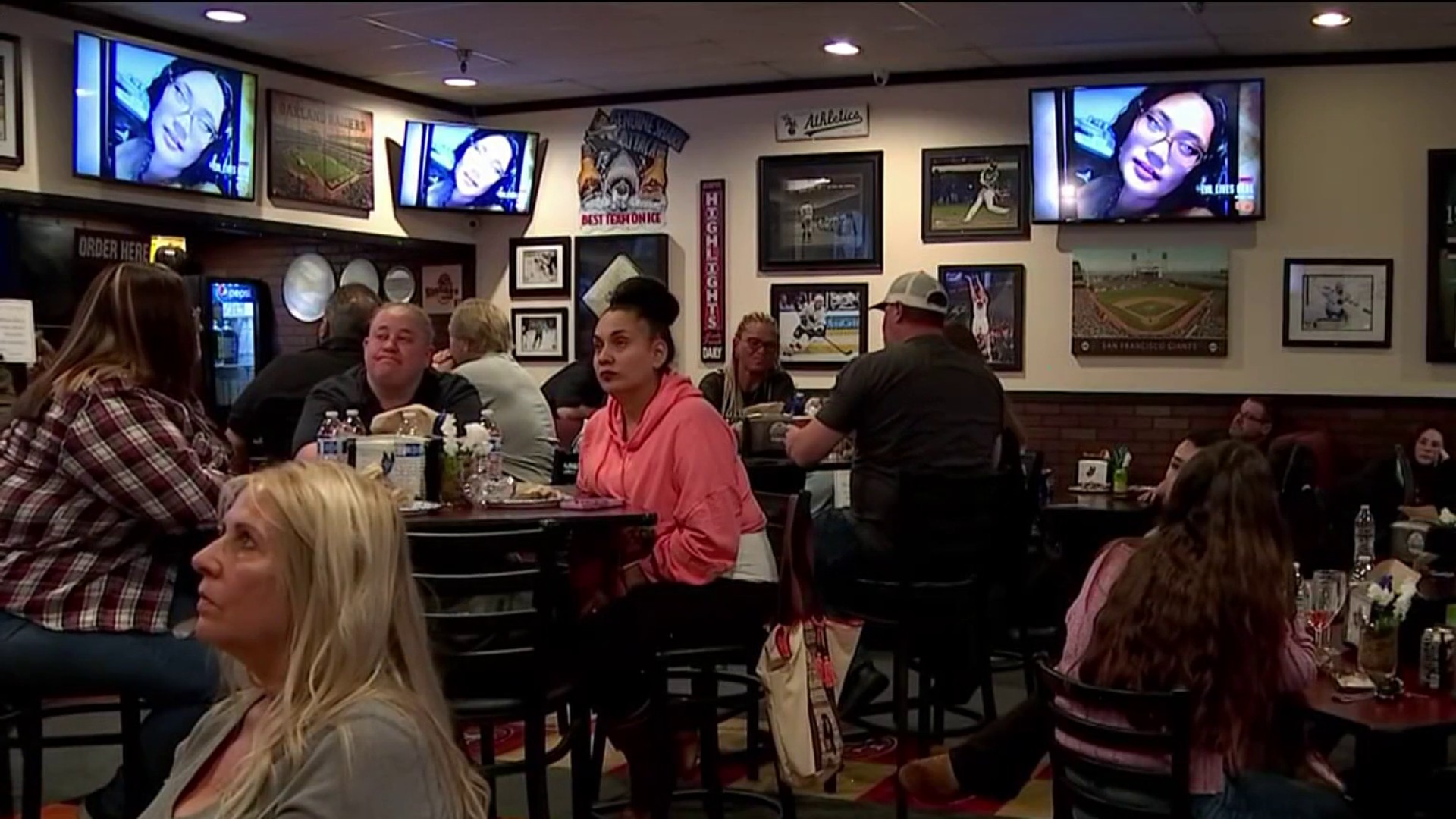Super Bowl XLVII was a disappointment to 49er fans, but minus a 34 minute power outage, the city of New Orleans is declaring the event a huge success.
Now, imagine what it might be like in two years if the new 49er’s brand new Santa Clara stadium gets to host Super Bowl XLIX in 2015. The Bay Area is currently a finalist to host the big game.
But amidst all the excitement surrounding the new stadium, investigative reporter Stephen Stock uncovered some safety questions concerning the new stadium’s location that could have a huge impact on air travelers.
Many major sports stadiums are located near large airports, but the new 49ers stadium is somewhat unique.
The new Santa Clara stadium is less than three miles away from Mineta San Jose International airport and it’s directly in the flight path of runways 12R and 12L.
According to several sources within the local aviation and emergency management community, this proximity is a concern for air traffic control and homeland safety that was not fully explored until after construction began.
Now that top officials are looking into the implications of having 68,000 fans packing into a stadium located right off the end of two major runways.
Local
Local aviation expert Willie Turner serves as vice president of operations at Hiller Aviation Institute and has been flying private airplanes in the Bay Area all his life.
“Whenever there is a football game or a baseball game or any large gathering of people at a stadium, (the FAA issues) what they call temporary flight restrictions (TFR),” Turner explained.
The FAA confirms that a TFR will be in place over Santa Clara stadium whenever there is a football game or a big event, which will impact flights in and out of San Jose. Currently, commercial flights literally pivot right over top of the new stadium when landing from the north onto runways 1-2L or 1-2R at Mineta San Jose.
Add to that TV helicopters, banner planes and the occasional blimp hovering overhead, and it could make for crowded skies and a much heavier workload for air traffic control.
Turner says that as long as these aircrafts stay in communication with the tower, there will be little to worry about.
“ If they told the blimps to (fly at) a certain altitude, and everybody is talking to each other and everybody knows where everybody is, it’s probably just as safe as a place that doesn’t have (TFR) controls in place,” Turner said.
That scenario works if the planes take off and land from the north. But if the wind shifts during a big football game and airplanes have to start landing from the other direction, things could get a lot tighter in the skies over Santa Clara.

“I don’t know what they would do. They’re going to have to think about that,” Turner said.
Sources tell the NBC Bay Area Investigative Unit that not a lot of thought has gone into that so far. According to three different aviation officials, air traffic landing over the new 49er’s stadium could significantly raise air traffic control workload and procedures.
The FAA admits that these procedures are still begin worked out, but the department maintains that they will not allow any activity that interferes with the arrival or departure of commercial flights.
Nevertheless, air traffic control sources we spoke with remain skeptical, stating that traffic controllers were neither consulted nor included in the aviation planning around the stadium.
Santa Clara Mayor Jamie Matthews says the city has been planning for many of these issues long before the new stadium was even announced.
“That’s a part of the overall security plan, to ensure that we have appropriate flight path and clearance, and we work very closely with San Jose International Airport, the FAA, and of course with our public safety team,” Matthews said.
He reiterated that the security plan for the stadium is still a work in progress, however the city hopes to have all the details finalized by the end of 2013.



